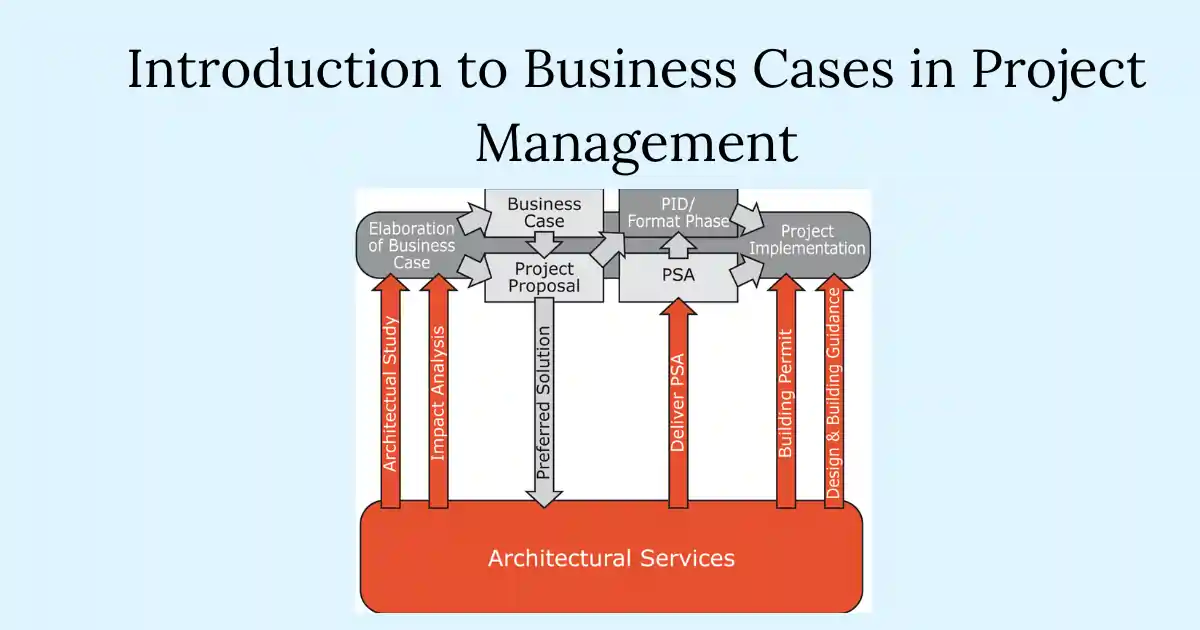In the realm of project management, a business case is a pivotal document that serves as a justification for initiating a project. It provides a comprehensive analysis of the benefits, costs, and risks associated with a proposed project, helping decision-makers determine whether the investment is worthwhile. This article will delve into the definition, purpose, preparation stage, components, and step-by-step guide to writing a business case.
What is a Business Case?
A business case is essentially a decision-making tool that outlines the rationale for undertaking a project. It presents a current business problem and suggests ways to solve it by implementing a certain initiative. The primary goal is to justify the investment of resources, including time and money, into a specific project or initiative.
Purpose of a Business Case
The purpose of a business case is multifaceted:
– Justification for Investment: It provides grounds for prioritizing projects across an organization by demonstrating how the benefits of a project outweigh its costs.
– Resource Utilization: It ensures that valuable resources are allocated to projects that will bring real value to the business.
– Setting Expectations: It helps stakeholders set clear expectations of project outcomes, increasing the chances of meeting their requirements.
– Reference Point: It serves as a reference point throughout the project lifecycle.
When and at Which Stage is a Business Case Prepared?
A business case is typically prepared during the initiation phase of a project. This is the conceptualization stage where the project is being evaluated for potential return on investment. The business case document helps determine the project’s needs and allows decision-makers to decide if the project aligns with the organization’s strategic goals.
Components of a Business Case
A comprehensive business case includes several key components:
– Executive Summary: A concise overview of the project, including its purpose, benefits, and implications.
– Problem Statement: A detailed description of the problem or opportunity the project aims to address.
– Project Benefits: Both quantitative and qualitative benefits of the project, such as increased revenue or improved customer satisfaction.
– Cost Analysis: A breakdown of the costs associated with the project, including initial and ongoing expenses.
– Risk Assessment: An evaluation of the potential risks and mitigation strategies.
– Implementation Approach: A description of how the project will be executed.
How to Write a Business Case: Step-by-Step Guide
Writing a business case involves several steps:
Step 1: Identify the Business Problem
Clearly articulate the problem or opportunity that the project aims to address. Use data to support your claims and link it to broader business objectives.
Step 2: Identify Alternative Solutions
Explore different solutions to the problem and evaluate their feasibility.
Step 3: Identify and Recommend the Preferred Solution
Select the most viable solution based on your analysis and justify why it is the best option.
Step 4: Predict the Risks of the Project
Assess potential risks and outline strategies for mitigation.
Step 5: Estimate the Budget and Search for Funds
Conduct a thorough cost analysis and identify potential funding sources.
Step 6: Describe the Implementation Approach
Outline how the project will be executed, including timelines and milestones.
Step 7: Write the Executive Summary
Summarize the key points of the business case in a concise yet compelling manner.
A business case is a critical document in project management that helps justify the initiation of a project by evaluating its benefits, costs, and risks. By understanding its components and following a structured approach to writing it, organizations can ensure that their projects align with strategic goals and provide a strong return on investment. Whether you are a project manager, executive, or stakeholder, a well-crafted business case is essential for making informed decisions about project investments.
Sources:
[1] https://www.epicflow.com/blog/a-business-case-in-project-management-why-start-a-project/
[2] https://www.apm.org.uk/resources/what-is-project-management/what-is-a-business-case/
[3] https://pressbooks.ulib.csuohio.edu/project-management-navigating-the-complexity/chapter/2-3-business-case/
[4] https://twproject.com/blog/business-case-7-key-steps-build-use/
[5] https://www.geeksforgeeks.org/what-is-involved-in-a-business-case-in-project-management/
[6] https://changemanagementinsight.com/how-to-write-a-business-case-for-a-project/
[7] https://activecollab.com/blog/project-management/business-case
[8] https://kissflow.com/project/five-phases-of-project-management/
[9] https://www.projectmanager.com/blog/how-to-write-a-business-case
[10] https://www.thebricks.com/resources/what-is-business-case-in-project-management

